Sicily’s Second Coming
A Fresh Perspective on Millenia of Multicultural Cuisine
“I’m sorry ma’am, but you’re over the limit,” the attendant is saying to me, while my travel partner and photographer Deepi Ahluwalia fills out a loyalty card for Turkish Air.
I could have told him that. I’ve blown past the limit for so many things in the last few days—most recently last night, with that third glass of Etna Bianco wine. Or was it the local Sicilian amaro that finally did me in? Hard to say. Of course, bloodshot eyes safely shielded by dark shades, he couldn’t know that. He’s pointing to my suitcase. “You’ll need to check your bag.” The words I dread hearing most in an airport (second only to “You’ve missed your connecting flight,” which comes a few hours later in Istanbul). But I hand it over. Because beautiful Sicilian black pigs would have to take flight before I part with a single precious thing inside.
It’s impossible to leave Sicily without souvenirs. For me, that means a few trinkets for friends, but most importantly, my suitcase is nearly exploding with edible specialties: vials of local honey, sacks of feather-light almond cookies, bars of Modica chocolate, bottles of citrus amari, vacuum-packed bags of pistachios from Bronte and almonds from Noto, pouches of intensely sweet sun-dried Pachino tomatoes (my skin and theirs roughly the same color from our bouts with the Sicilian sun). Even a loaf of freshly-baked bread.
But before I started making decisions to jettison pairs of pants in favor of jars of honey, I had to do my homework. Last time I overstuffed my suitcase like this, I arrived home only to realize the bodega on my block has been stocking the very same biscotti, or more frighteningly, that I could have some delicate French sea salt air-dropped via Amazon drone in an hour or less. Go figure.
Globalization has changed so much about how we enjoy things, and food is no exception. “Digital travel” is officially a thing. And while most would agree there’s no substitute for sitting beside the Ionian Sea, inhaling a smoky, salt-tinged breeze, it’s impossible to deny we can still access most of what a place halfway around the world has to offer, whether by Instagram photos, exotic import, or an immigrant chef who’s opened their “authentic” bistro/izakaya/taqueria/osteria around the corner. Not so with Sicily.
Allora, I’m flying home with the epicurean equivalent of an anvil weighing down our aircraft. As the Sicilians would say in what is essentially a verbal shrug—boh.

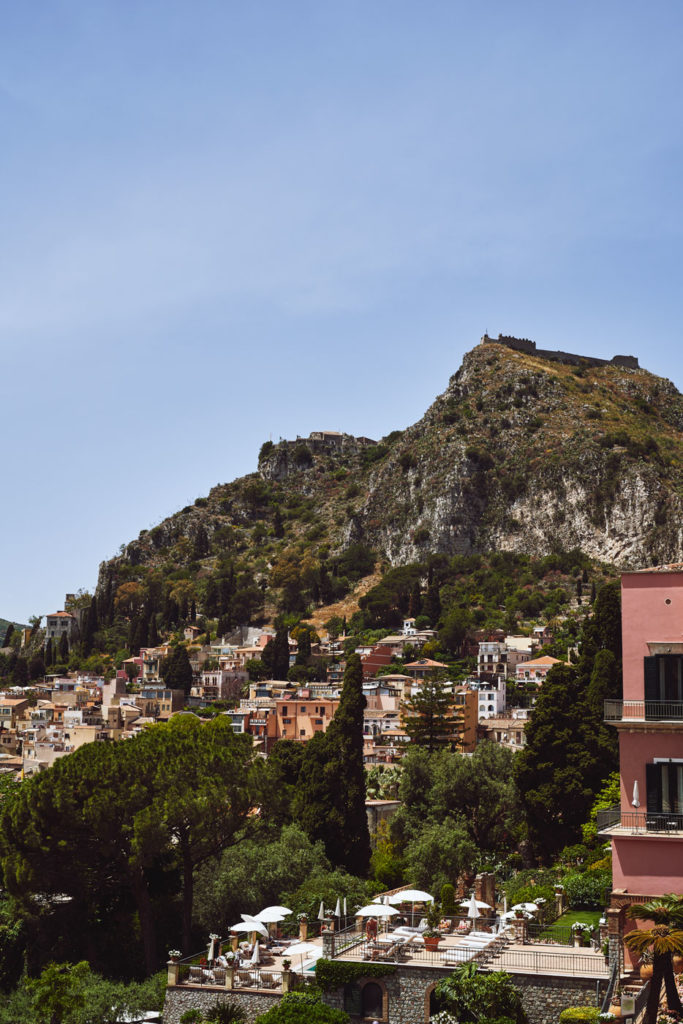
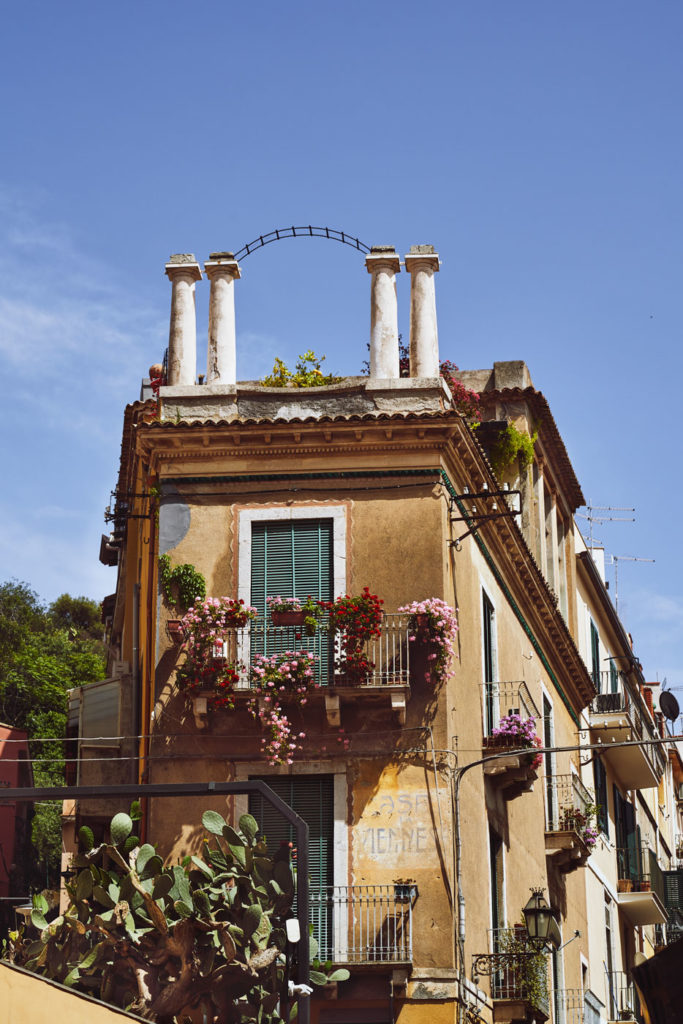
Maybe that gravity is what anchors so many Sicilians. Because in one week, we’re told a tale time and again about someone who has left the island and explored the world—or at least moved around the country—only to return for good. Couldn’t find another suitable home. Couldn’t bear to be away. I suppose if I’d been raised on the kinds of magical things that have taken over my luggage, in a place besotted with some of the most pinch-me-I’m-dreaming natural scenery I’ve ever seen, I might struggle to find a place that could live up too.
The fact is, many of the things that make Sicily and its food so special would have a tough time traveling far. Wild herbs that grow exclusively in Mount Etna’s mineral-rich volcanic soil. Red prawns that melt on your tongue, leaving only a saline spectre of a seaworthy dream. Almonds that make the earthly existence of that extract junk an abomination. Sweet, tart citrus of all shapes, colors and sizes that express both sun and soil simultaneously, earth and sky concentrated into a peelable package as beautiful to behold as they are to bite into.
Its ingredients, like its people, prefer to stay close to home. In many cases, its dishes are too delicate to be duplicated in other lands, too reliant on indigenous raw materials, unable to impart the same magic after international shipping. Sure, a jar of imported eggplant caponata may have all its signature vinegary bravado even in the States, but it can never communicate the Mediterranean sun on your shoulders, or the expansive vista of a smoking volcano.
When it comes to Sicily, you just have to be there.
The island is geographically isolated and culturally insular. Its culinary community closely holds its preparations, but it doesn’t feel like possessive pride; maybe they just keep their eyes on their own paper-thin pasta dough because its people are too attached to leave. Maybe they don’t feel the need to show off. Or perhaps it’s a guardedness thanks to millennia of being colonized, occupied and trampled by dominating international powers and interlopers. From Spanish and French to Norman and African, Sicily has been host to more cultures than one can count.
“Sicily is the door to Europe,” Alessandro Grassi, Managing Partner of Milan, London and Paris-based Grassi & Partners Public Relations tells me. “If you see a map and where Sicily is located, it’s the exact center of the Mediterranean. Imagine how much this island has seen in the last three thousand years.”
Imagine, too, the breadth of ingredients added and subtracted over those centuries, dishes introduced and adapted out of availability or necessity. Today, a new movement is happening south of the Italian mainland. Michelin guides and the masses would do well to take notice. But for the moment, Sicily feels highly accessible—still a hospitable and extremely exciting environment for the food traveler to explore.
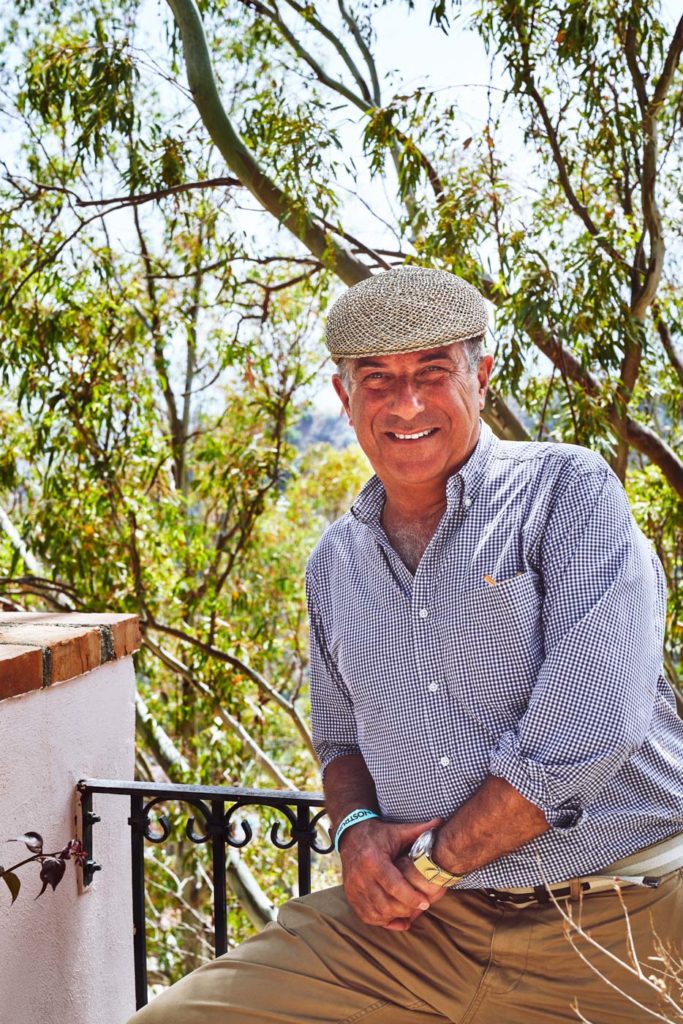


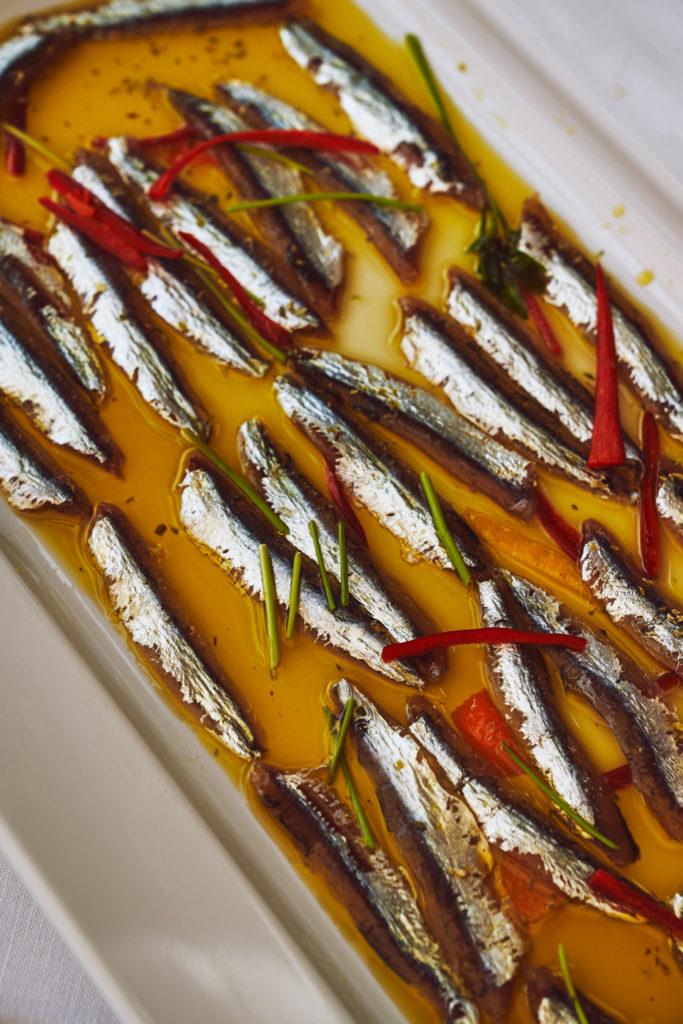
I’ve had Sicilian food. The arancini and the pasta alla norma, the caponata, and of course, that ubiquitous gut bomb—the cannoli. Delicious as each may be, it’s not as if some of this stuff hasn’t found its way onto tables around the world. That’s why the sense of discovery is so remarkable to me as we move from city to city, the beaches of Taormina to the Baroque towns of Catania and Modica.
Innovation and inspired dishes are being set on tables all over the island, thanks to chefs like Valentina Chiaramonte of Fud Off in Catania, who showcases the area favored horse meat fillet with honeydew vinegar as prominently as a smoked brisket pastrami sandwich that could make a true New Yorker cry. Or Lorenzo Ruta of Taverna Migliore in Modica, whose Sicilian “taco” is stuffed with tender shrimp, loaded with a whipped local ricotta, and crusted with crushed pistachios, highlighting some of the island’s most celebrated offerings in one convenient, unconventional form.
And then there’s Seby Sorbello, the Michelin-rated chef behind Sabir Gourmanderie in Zafferana Etnea. On the third day of our Sicilian exploration, we take seats in his restaurant, a temple to the nefarious volcano subject to many tourist’s token Sicilian selfies. Here, Sorbello has created a cuisine that exalts not only Sicilian food, but the specialties of Etna. “I was born in Etna. I live in Etna,” he tells us. “Etna is my life. I live in symbiosis with it.” That one could spend a lifetime attempting only to understand and represent one microcosm of the region is indicative of vast agricultural specificities.
“To eat Seby’s food is to eat Etna,” Katty Garcia, founder of La Cook Culinary Agency tells us. A basket of still-warm miniature cornetti is passed around, each no bigger than a cheese puff, perfumed and packed with crushed purple Bronte pistachios. Garcia means that literally, as in the case of many ingredients coming exclusively from the mountain: wild herbs like the beguiling, minty-sweet cannatedda (so rare Google even seems unfamiliar) and tennis-ball sized Etna truffles, or an aperitivo of locally-made citrus amaro and fresh Etna blood orange juice, brightened with drops of fragrant Etna olive oil and garnished with orange chips flambé.
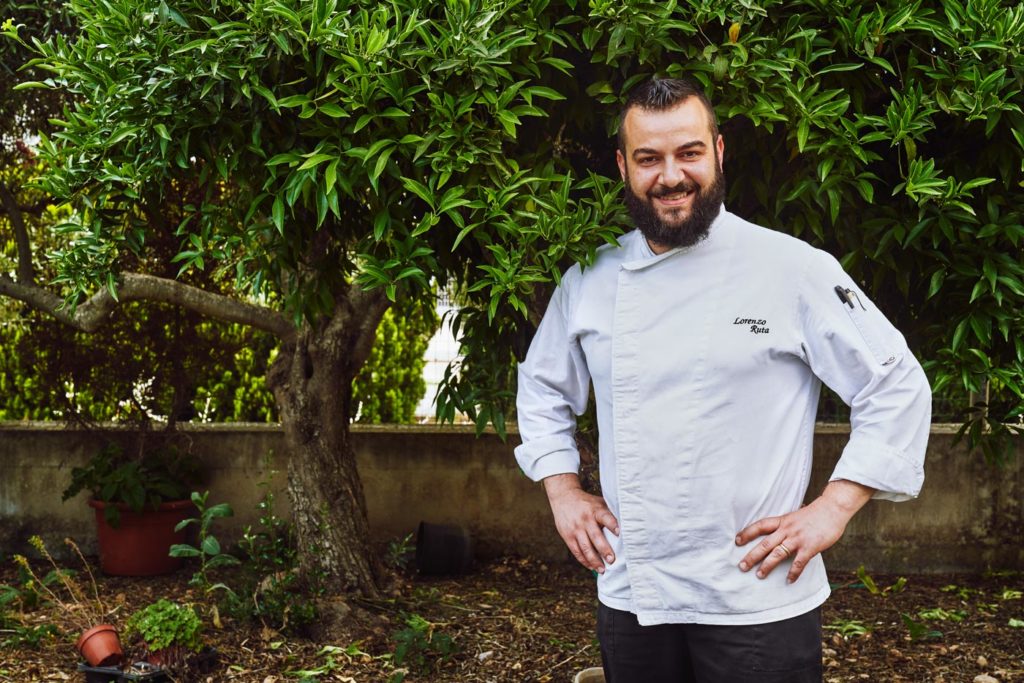
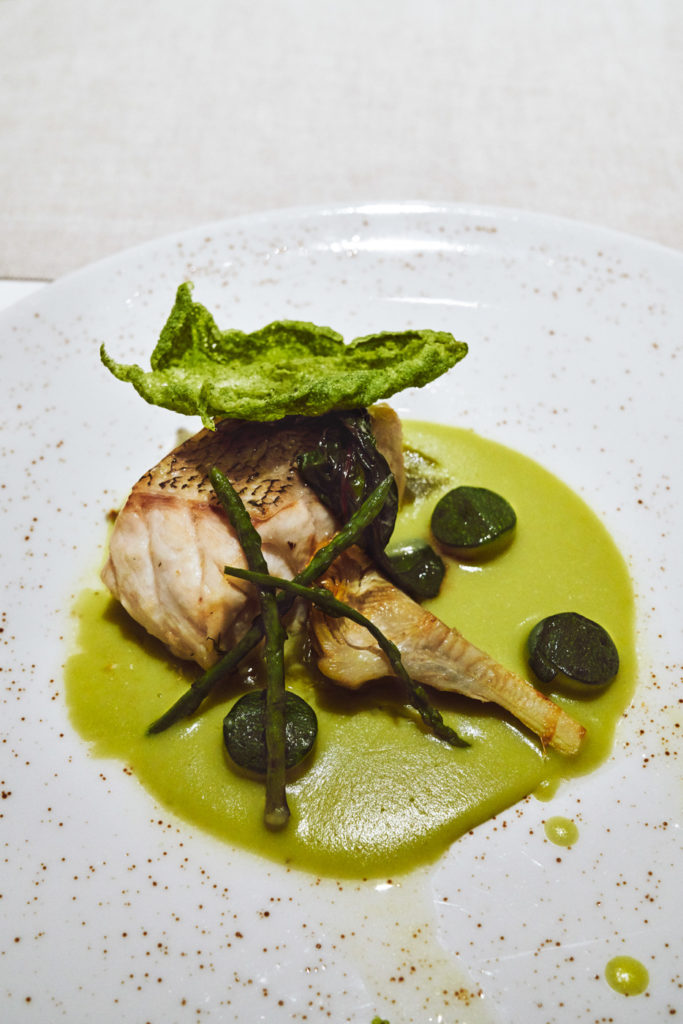
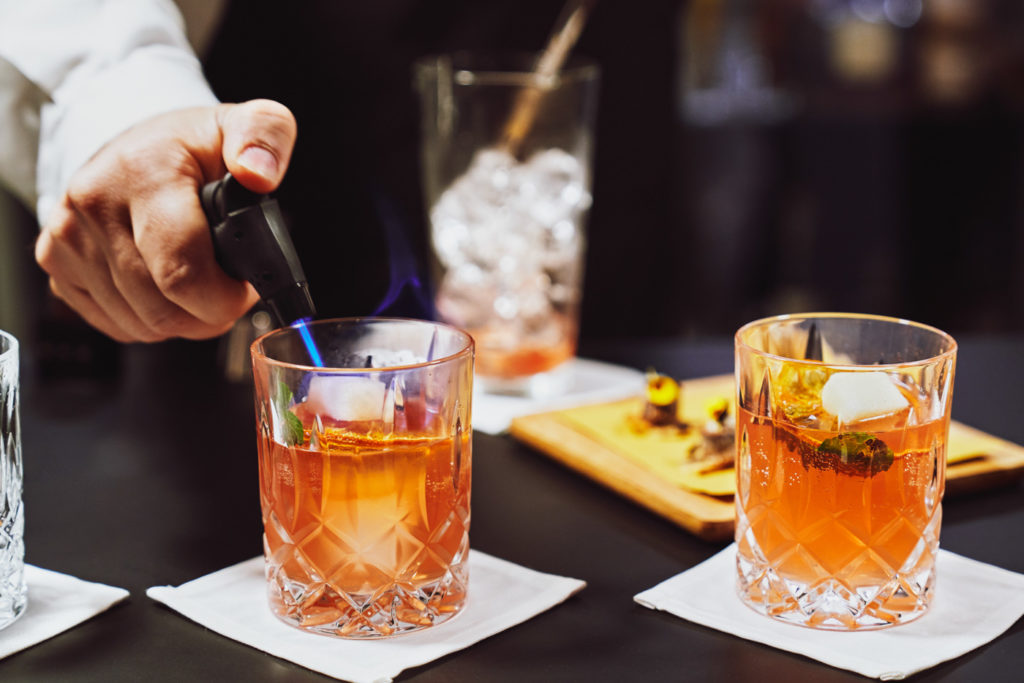
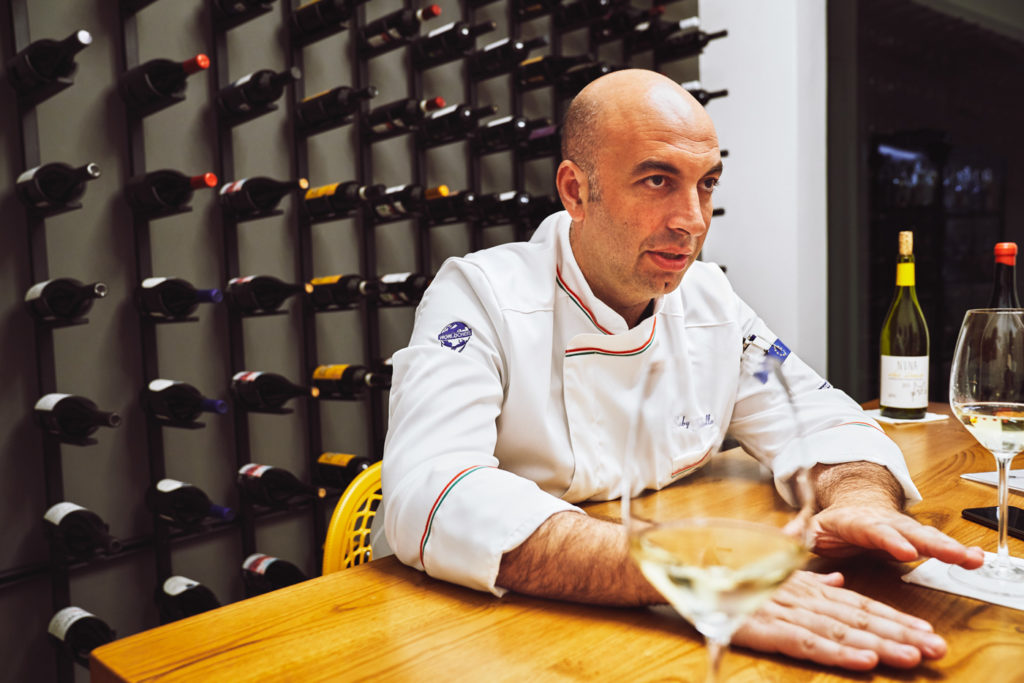
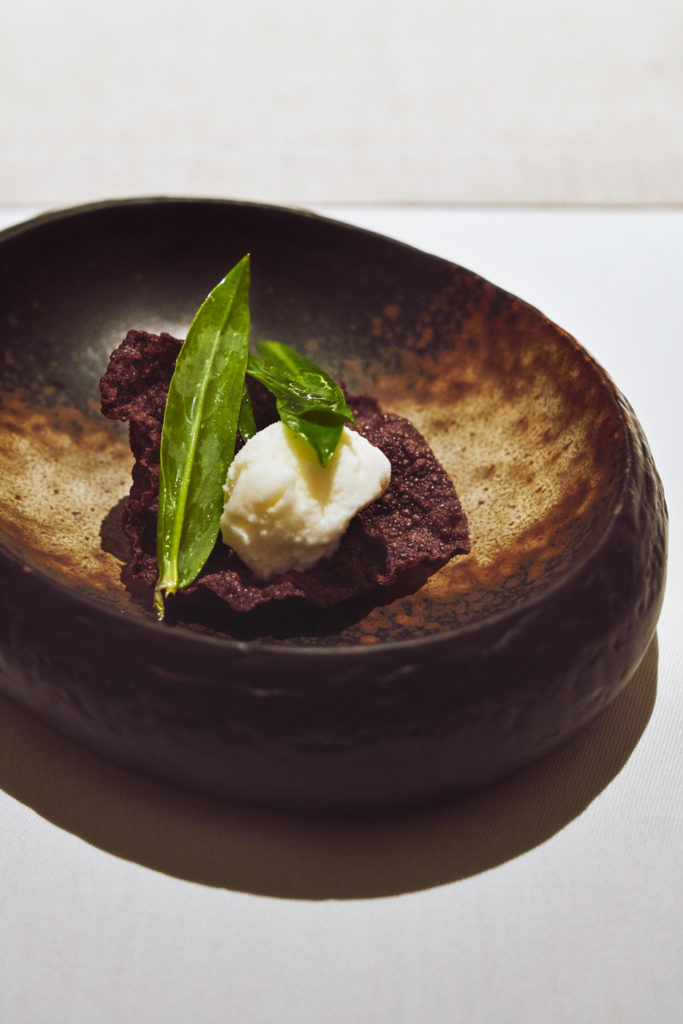

And then there are the figurative: a palate-cleansing course arrives titled “Snow on Etna.” Although the dish can be eaten in a bite or two, the preparation represents the massive, looming mountain. A pointed crisp of puffed black rice mimics the volcanic base. A cool, punchy scoop of virginal snow-white sorbet sits on top, infused with rosemary flowers, freshly plucked from the face of Mother Etna herself.
Sorbello’s food isn’t all modernist though. One course is a simple minestrone with courgette pasta, fresh, grassy ricotta and grouper meatballs reminiscent of any humble cucina di nonna. “Tradition is important,” Sorbello tells us a few nights later, over one of those glasses of the region’s famed white—the crisp, minerally carricante grape showing clear citrus and herb, and tailor-made for its sister cuisine. “But,” he continues with a finger raised, “tradition does not exist without innovation.”
Ciccio Sultano, chef and owner of the two-Michelin starred Duomo, uses his work to explore that sentiment as well. When we speak with Sultano, he tells us about his latest menu. It’s called “New Dominations,” and he incorporates the island’s many influences throughout: Jewish, Arabic, Moorish, Spanish, French, Normand and Borbone—a Sicilian dynasty in the eighteenth and nineteenth centuries.
But one doesn’t need to sit through a Michelin-rated tasting menu to sense those influences. Grassi describes evidence in even the simplest dishes, right down to Sicily’s street food. “The arancino is the essence of Sicily. It’s rice that came from the Arabic culture, cheese from Greece, the sauce with meat is Spanish with French ragu. It’s the white meat sauce before the discovery of the tomato that came from America in the 1500s,” he describes.
It’s not unusual to meet folks so well-educated in the island’s history; they see it not as a point of cultural contention, but rather a source of pride—and a culinary asset. “We have a cultural crossroads,” Sorbello says. “We have a lot of sweet in our kitchen, because the Normans use sweetness,” he cites caponata as an example. “We have a lot of spices in our kitchen because of the Arab [influence].” He says his grandmother’s meat sauce was laced with cinnamon for that reason. He also points to the Arabic use of chocolate, but not in reference to desserts or sweets. In fact, an amuse bouche at his restaurant is an anchovy toast accessorized by a dot of gritty, bitter chocolate from Modica—another of Sicily’s treasured products. Sounds out there. But it’s the kind of combination that makes you stop and say, “Damn. Why didn’t I think of that?”
Perhaps outside influence created a protectiveness among citizens, but in no way has it diminished their hospitable spirit. Today, Sicilian chefs are looking to share their cuisine, which is why Sorbello created the annual culinary festival Cibo Nostrum (which translates to to “our food”).
Now in its seventh year, Sorbello says Cibo Nostrum was originally founded as a way “to explain real Sicilian culture.” The three-day affair entertains and astonishes guests with the quality of ingredients and breadth of flavors, but it’s also a chance for cooks to gather, to organize, and to codify what Sicilian cuisine really is. Seminars and master classes are there for the academically inclined, while a one-night street fair takes over the medieval town of Taormina, giving strolling diners a chance to sample everything from wood fired pizza to seafood tossed with fresh pasta handcrafted on site.
“It’s a festival of friends,” Sorbello says, emphasizing the importance of sharing among chefs. There’s evidently a hunger for knowledge in the industry, but the event’s growth has also proven an appetite for their food among the public. In year one, two hundred guests attended, with seven participating chefs there to show them what Sicilian food was all about. In 2018, Cibo Nostrum entertained thirty thousand guests and hosted more than one thousand cooks in the streets, raising forty-three thousand euros for charitable organizations, with this year’s beneficiaries including the Italian Parents’ Movement and specifically, their campaign to fight cyber bullying. Today, Sorbello says Cibo Nostrum is about more than just Sicily, but rather a celebration of “the Italian kitchen,” and hopes it will continue to attract a growing international food community in the future.

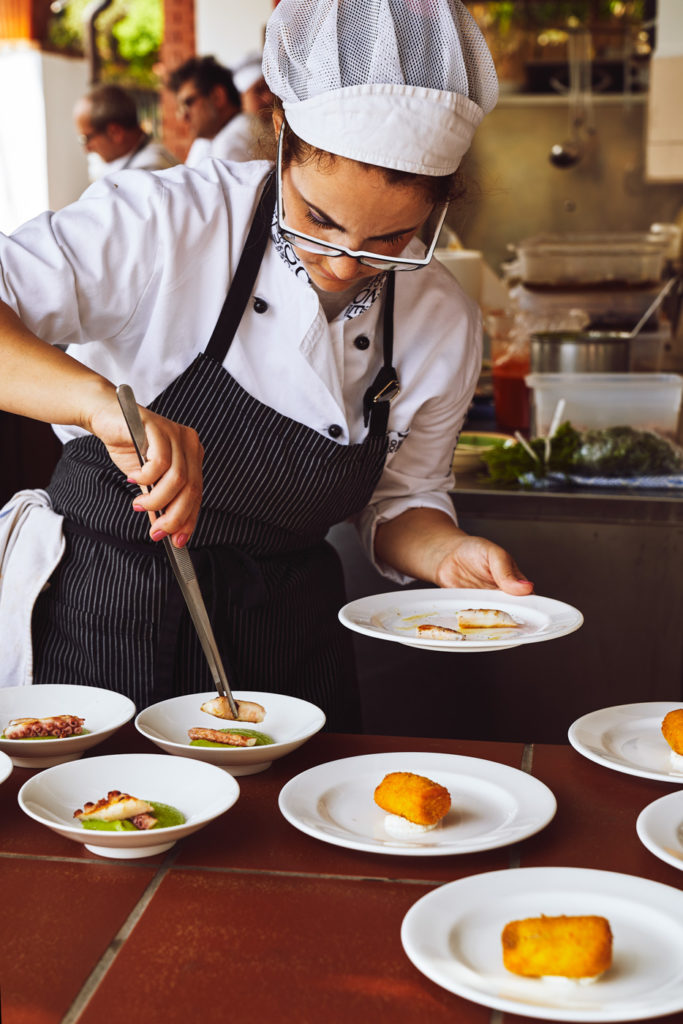
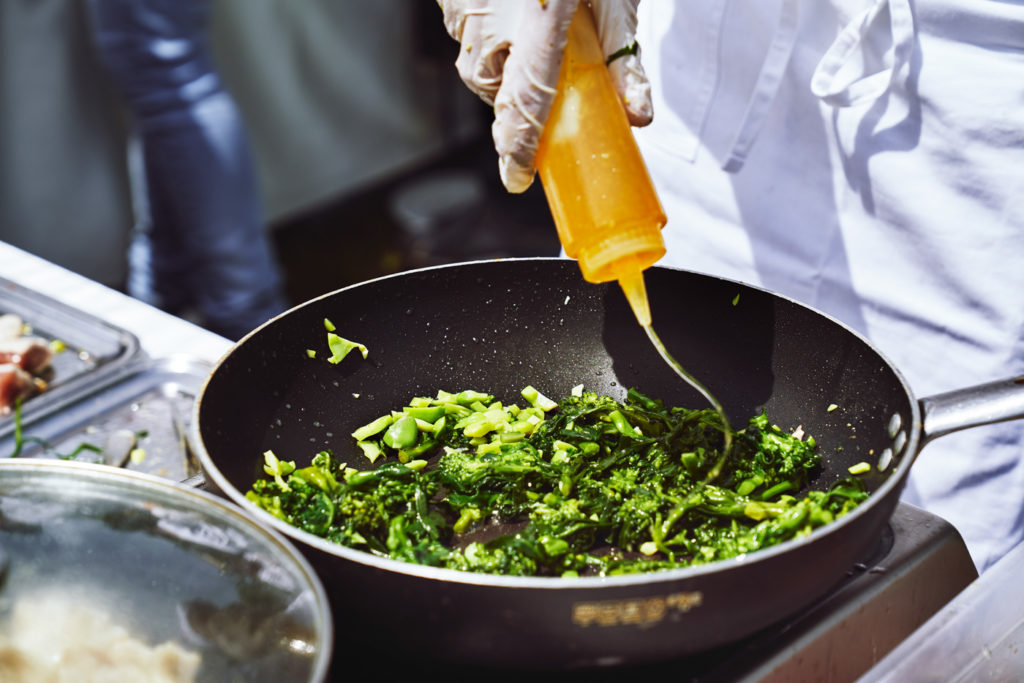
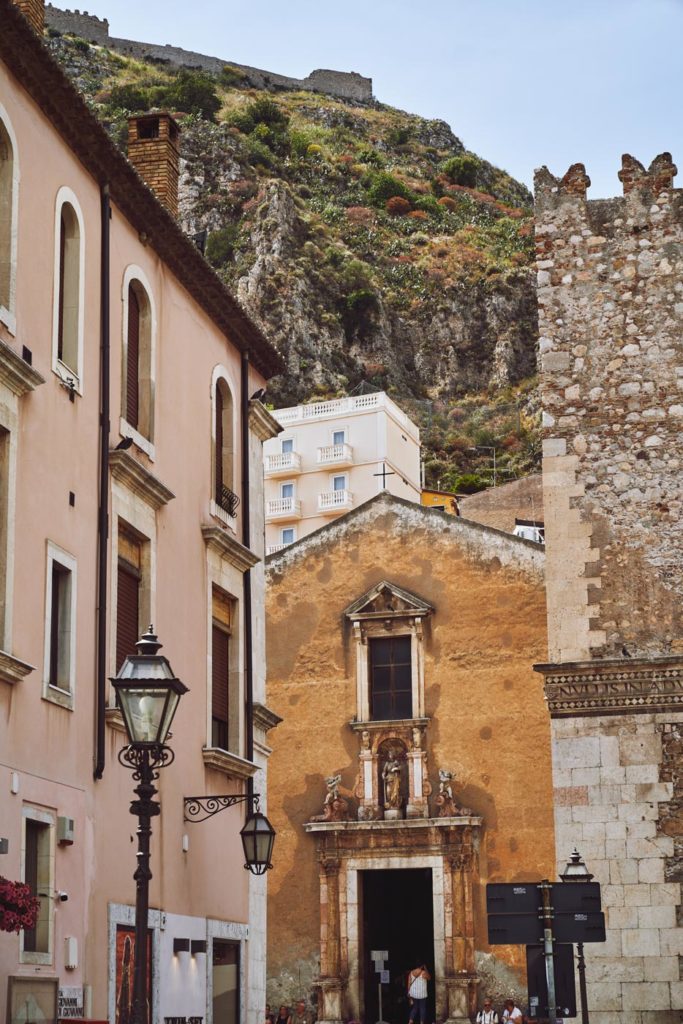
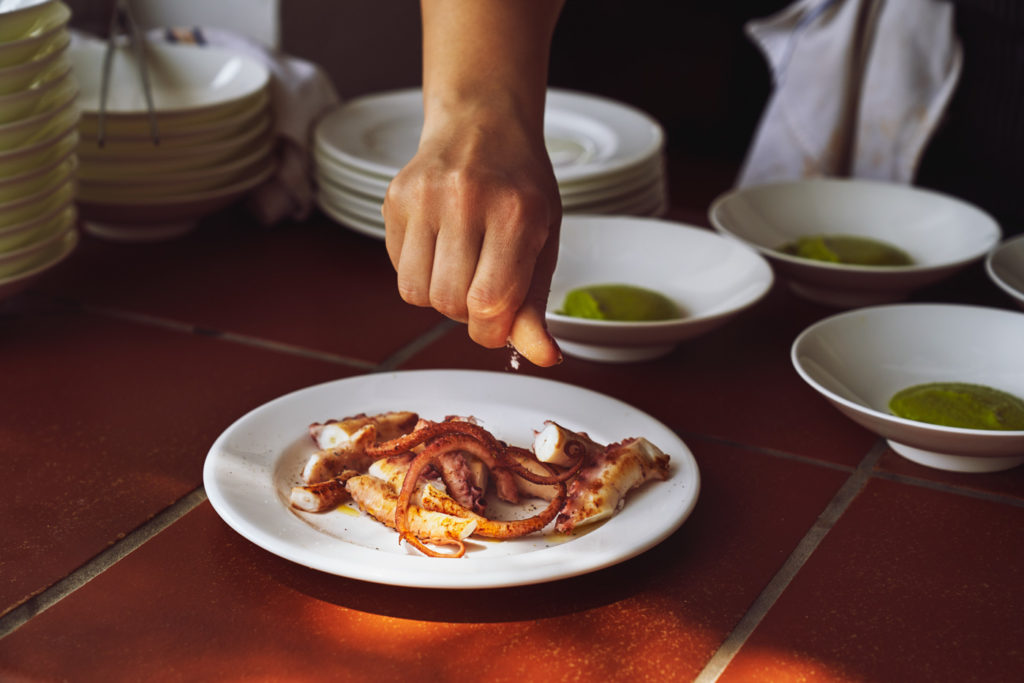
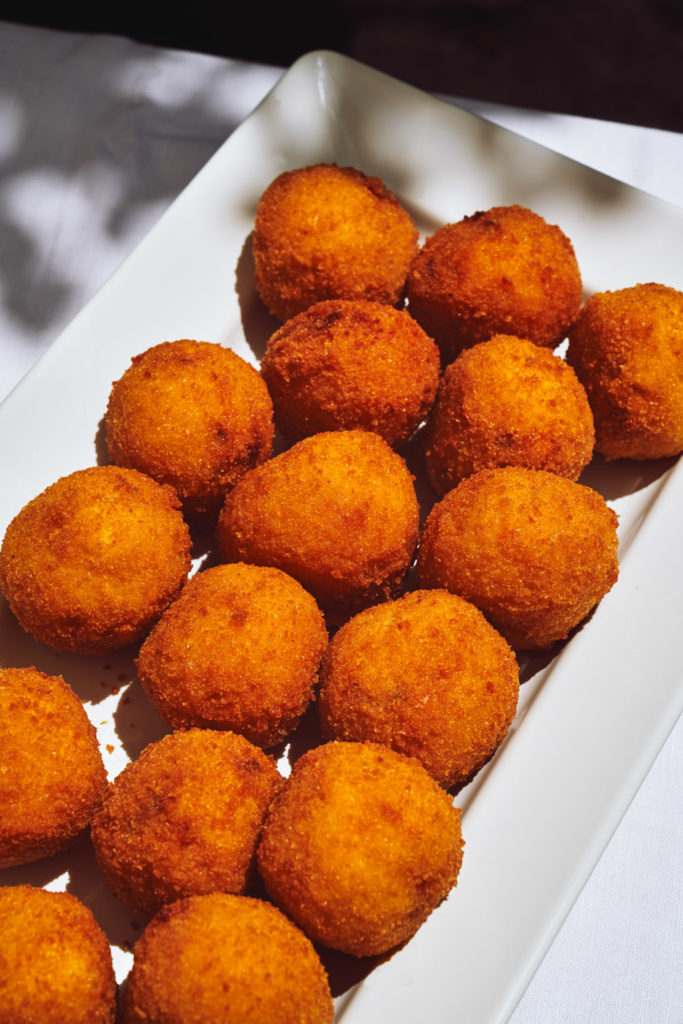
Given Sicily’s long history of cultural absorption, the festival feels like a natural next step in a culinary evolution. “[Cibo Nostrum] is the essence of Sicily. The cultural exchange and interchange is the essence of this island,” Grassi tells us, barely shaded from the Sicilian sun by a small umbrella, as bow-tied bartenders break into fresh bottles of chilled Etna wines at a lunch event. “Anything that brings together different people from different areas and different regions with different visions—that’s a positive thing.”
After playing second fiddle to mainland Italy’s world-dominating culinary success, Sicily is getting its moment in the sun. Grassi credits an uptick in the popularity of Etna wines as a major impetus. “Many people are coming to Sicily because they have discovered Etna is making some of the finest wines in Europe,” he says. “The big shift was about fifteen years ago, thanks to some winemakers who came from Piedmont, Tuscany.” When northern winemakers discovered the advantages of mineral-rich volcanic soil, they began to put down roots. “Nowadays, [Etna is] considered one of the finest wine regions in the world.”
That’s good news for a region in which economy has deep agricultural roots. But despite intensified wine production, farming and fishing industries now trail tourism, nineteen to eleven percent, respectively. Of course, the island has centuries of experience opening its doors—to both visitors and immigrants alike. Today, it faces a new set of incomers. As nations around the world grapple with border management, and the turmoil of neighboring countries leading to major waves of immigration, Sicily’s geographic position has again made it an epicenter of that phenomenon. According to writer Matt Goulding’s 2018 book, Pasta, Pane, Vino, Sicily has seen 400 thousand refugees from Africa between 2015 and 2017—a situation especially troublesome to citizens struggling with a twenty-two-percent unemployment rate, among the highest in Italy.
But Grassi’s observations echo those common to the debate in other parts of the world, including U.S. agricultural strongholds like California. “You have to consider there are jobs Italians would never do again. Working in the agricultural fields even though they themselves were immigrants seventy or one hundred years ago. It’s a new phase, a new cycle. We have to manage it, but I’m not particularly scared about these flows of people from more disadvantaged countries. They have stronger motivation, and in a way, we as Italians have lost. Not everywhere, but in general it’s more difficult to find Italians who will go out into the fields to pick the cherry tomatoes,” says Grassi.
For Garcia—who immigrated from Venezuela eleven years ago—Sicily has extended more than a sense of welcome. “This island takes you,” she tells me, gazing in the direction of a precipice overlooking the Ionian Sea fifty feet away. Around us, guests of a festival lunch finish the last of their pistachio gelati and meander toward the exit—a dusty, sun-beaten path lined with ominous lavic rocks and menacing cacti, whose prickly pears are an autumnal specialty. “[Citizens here] embrace everyone. You don’t have problems here. [If you’re an] immigrant, you’re black, or you’re white—they embrace you. If you come here, it can be your home.”
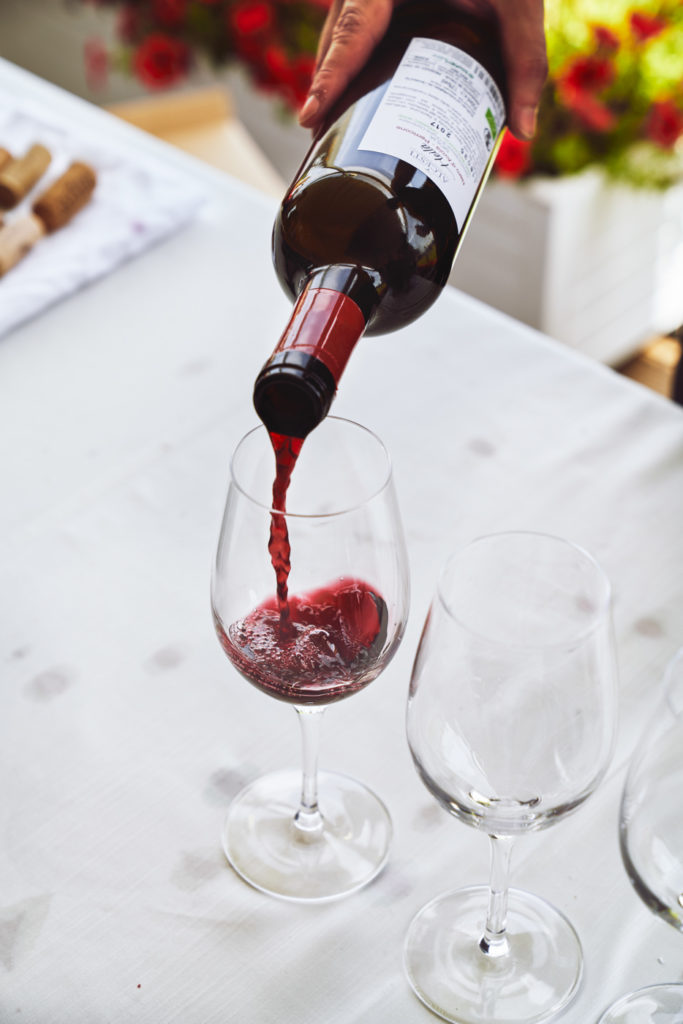
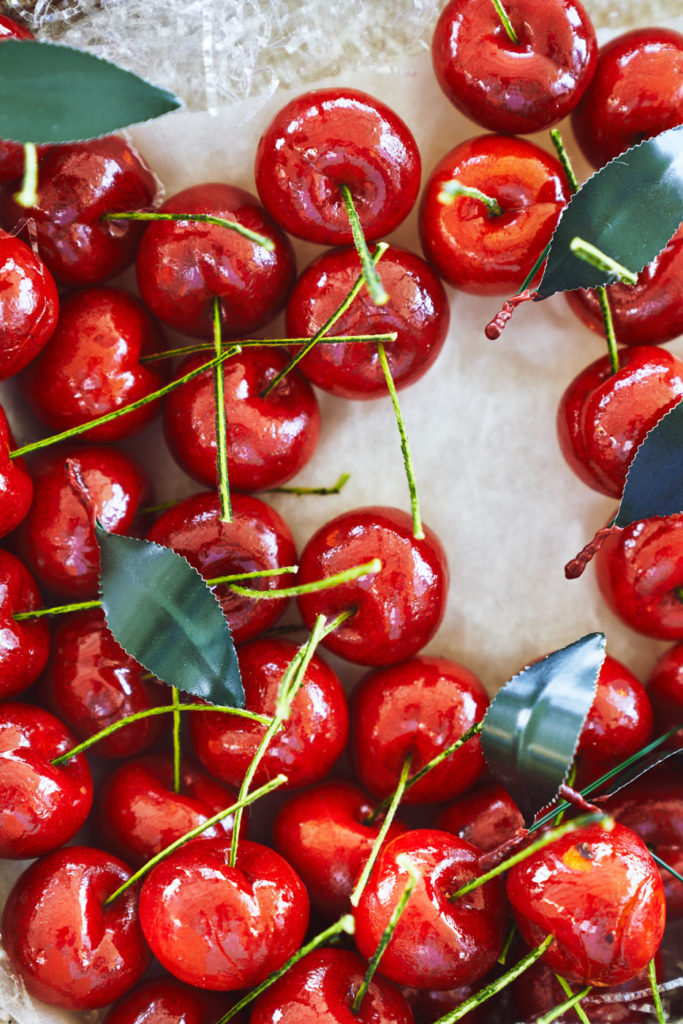
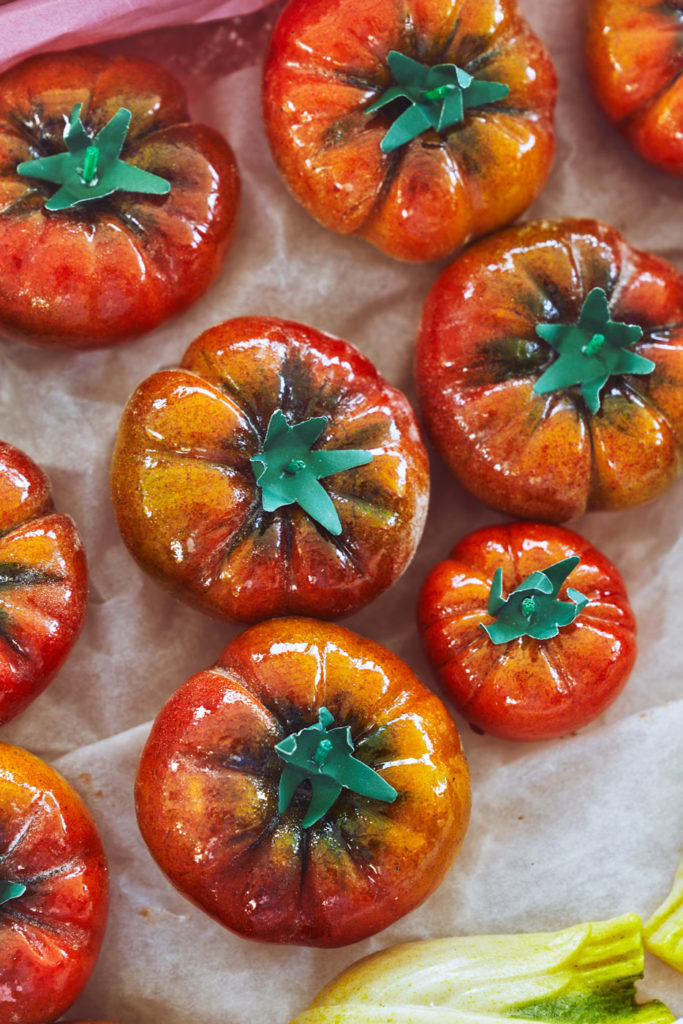
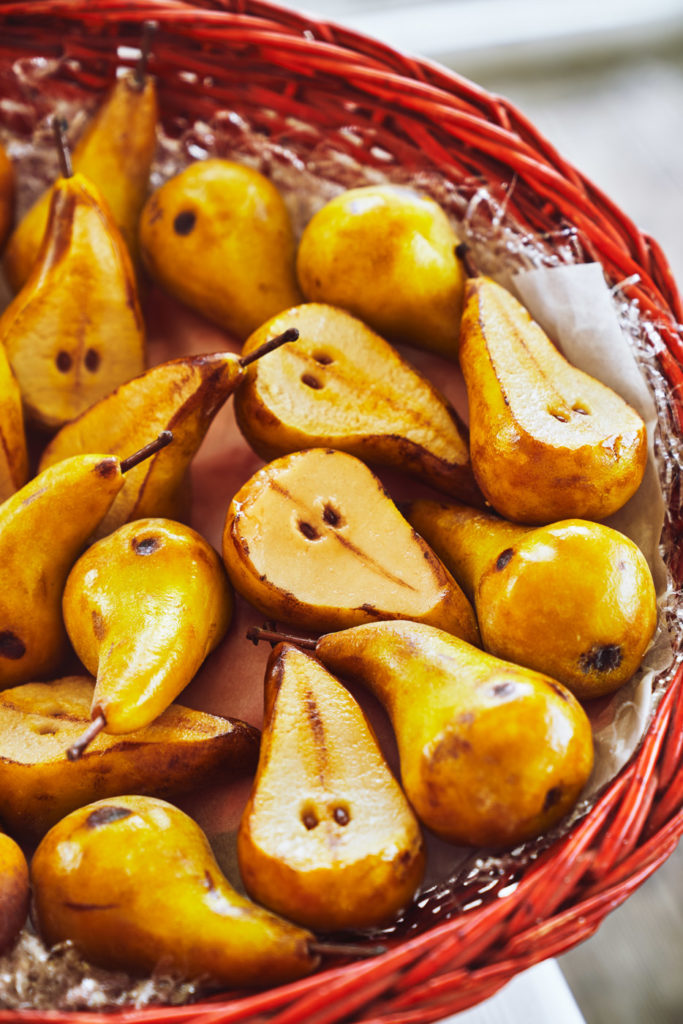
Garcia’s company, La Cook, is a good indication of the evolving interest in Sicily’s culinary world, where a business dedicated solely to food marketing is still a novel concept. She speculates major cities like Milan, Bologna and Rome may have established food-centric agencies, but that, “in Sicily we are a little behind the rest of the world. Chefs are very creative; they have to learn how to promote.” La Cook’s success in its three years is proof that more are recognizing opportunities that agencies like hers offer.
And it’s Garcia’s sheer love of the island and its people—those who have so readily adopted her as one of their own—that drives her and her husband, Gustavo, along with their Sicilian friend Roberta Moscato, to help proliferate the culinary identity of their adopted home. “We are two Venezuelans who came to Sicily, [and now we want] to promote the culture of Sicily.” It’s the kind of motivation that comes only from wanting to give something in return, to the culture that gave them a home.
That kind of dedication has the potential to make a major impact for the island’s economy. As the spotlight on their culinary scene intensifies, those critical industries of tourism and agriculture benefit thanks to a growing global interest in food travel. A 2013 report published by Mandala Research reported that nearly forty million Americans select destinations based on factors revolving around food.
Sicilians are tuning into those numbers, embracing trends like the agriturismo that have proven so popular in other parts of Europe, like Tuscany. Grassi says he’s sees this a lot: Sicilians who have emigrated to Northern Italy in decades past, returning after an old farmhouse is bequeathed to them, and restoring it into a boutique destination with on-site dining. This attracts a new kind of tourist. “People of a certain level, a certain culture, definitely love those types of accommodations. It’s not exactly what you expect from Sicily,” Grassi says. “You can stay in a farmhouse in the countryside eating what they produce and waking up with the rooster song in the morning.”
As visitors arrive to discover these epicurean gems, industries like agriculture, hospitality, restaurants and their respective employees, as well as adjacent businesses reap the benefits. This makes events like Cibo Nostrum not only important to the cultivation of the Sicilian kitchen or food scene, but to the future of the island, and the livelihoods of the island’s citizens, old and new.
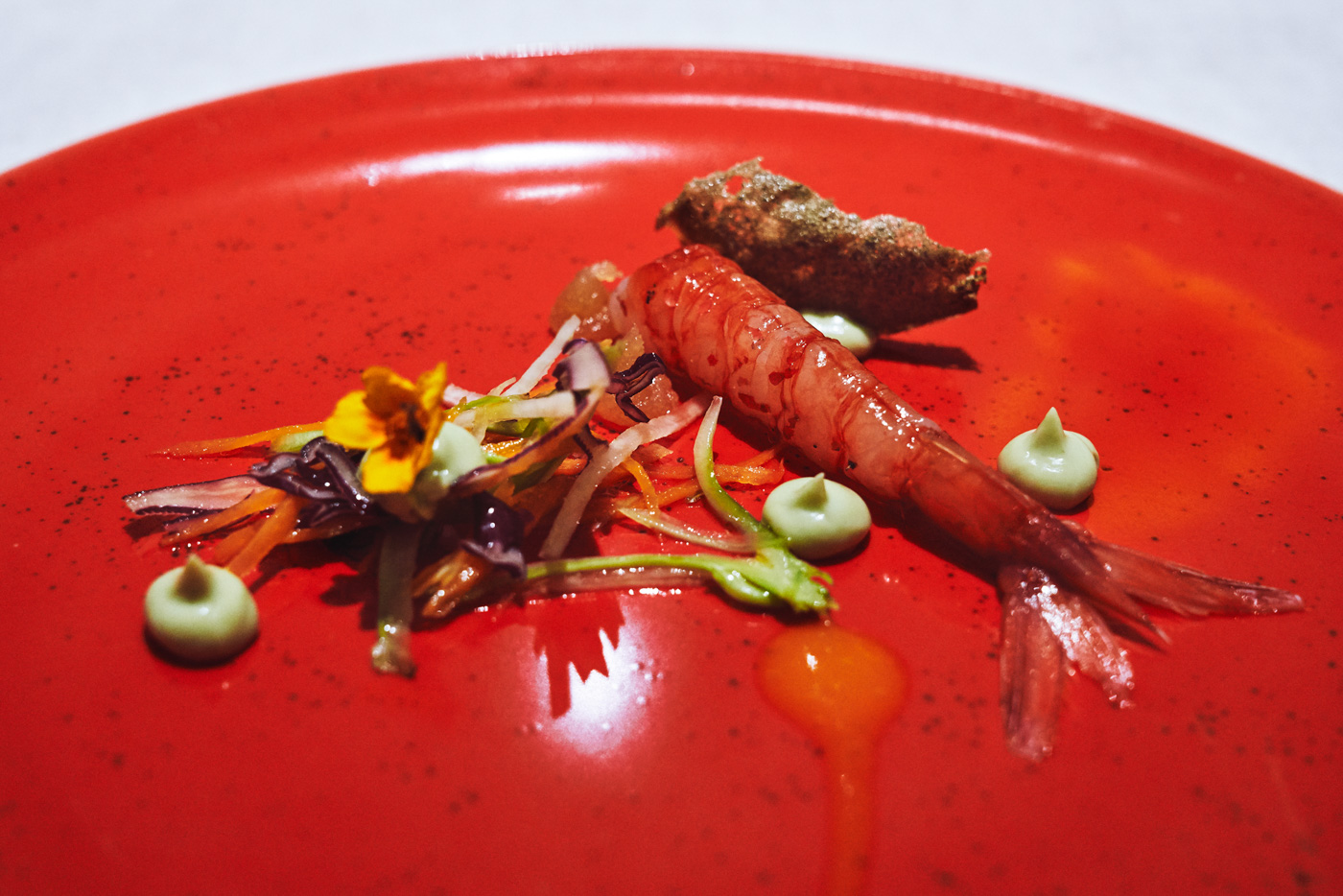
This kind of progress comes only from deep passion. And I can tell you, it’s contagious. It makes you want to drop everything and get behind the cause. From newcomers and natives alike, it’s a reverence—not only for place, but for one another, and for the land itself. Ask almost any chef what makes their food so special, and their instinct is to immediately pass along the credit. After tasting the most ethereal, light-as-air cannolo filling at winery Barone di Villagrande, I ask Chef Giulia Carpino what makes hers so different than those aforementioned Americanized interpretations. “The cheese,” she says without a moment of hesitation. And given our conversations throughout the course of the week, it’s no question that should you ask the cheesemaker, they would surely tell you it is the animal—and then the grass it eats, which is thanks to the soil in which it grows. Sicilians worship the ground they walk on.
And to that end, they take great pains to protect it. You would too if your land produced this kind of bounty. I arrived on the Italian shores expecting to marvel at pasta dishes and gelato. The most amazing thing I tasted in a weeks’ time were far less complicated, however. A bitter almond. A floral honey. An unadulterated tomato, with nothing more than a few drops of olive oil. Almost nothing I haven’t had before, but every time, an experience entirely new.
Sure, anything can feel new for a week or two. But it’s a feeling that seems ongoing even for those most familiar with the island. Grassi tells us, “I’m originally from Tuscany and I discovered Sicily about ten years ago. I fell completely in love because it is an endless discovery. You dig and dig and only scratch the surface.”
Maybe in part because its residents don’t stop that exploration. No one is resting on laurels—or almond blossoms or pistachio branches, for that matter. For a society so heavily influenced by history, so seemingly cut off from the rest of the world, it is surprisingly forward-thinking and self-aware. Wineries explore evolving grape varietals that address climate change. Farmers consider sustainable practices, while producers seek new ways to support them. Chefs like Sorbello look to organize, unify and promote strength in sharing those ideals. And passionate food lovers like Garcia find ways to help communicate that mission.
Perhaps living in the shadow of one of the world’s most active volcanoes, under constantly shifting rule, and being subject to destruction and domination has made Sicilian people more aware of their own mortality. Maybe it’s created an environment that’s more empathetic, hospitable, enthusiastic and passionate about living in the moment and appreciating what is available right here, right now, but aware of the need to evolve and adapt, to develop new traditions while observing the old.
This is the spirit of Sicily: a thoughtful community open to new ideas, cultures and people. An observation of the past and a mindfulness of the future. Maybe that’s a feeling that can’t be bottled, packaged and shipped around the world, or replicated in some stateside restaurant. I may have smuggled home enough Pachino tomatoes to last me through summertime, but something tells me I’ll be itching to go back long before my supply of souvenirs has run out.
Maybe you’ve just got to be there to get it.
This story was made possible with the support of La Cook, in collaboration with Cibo Nostrum and Seby Sorbello.






Our comments section is for members only.
Join today to gain exclusive access.